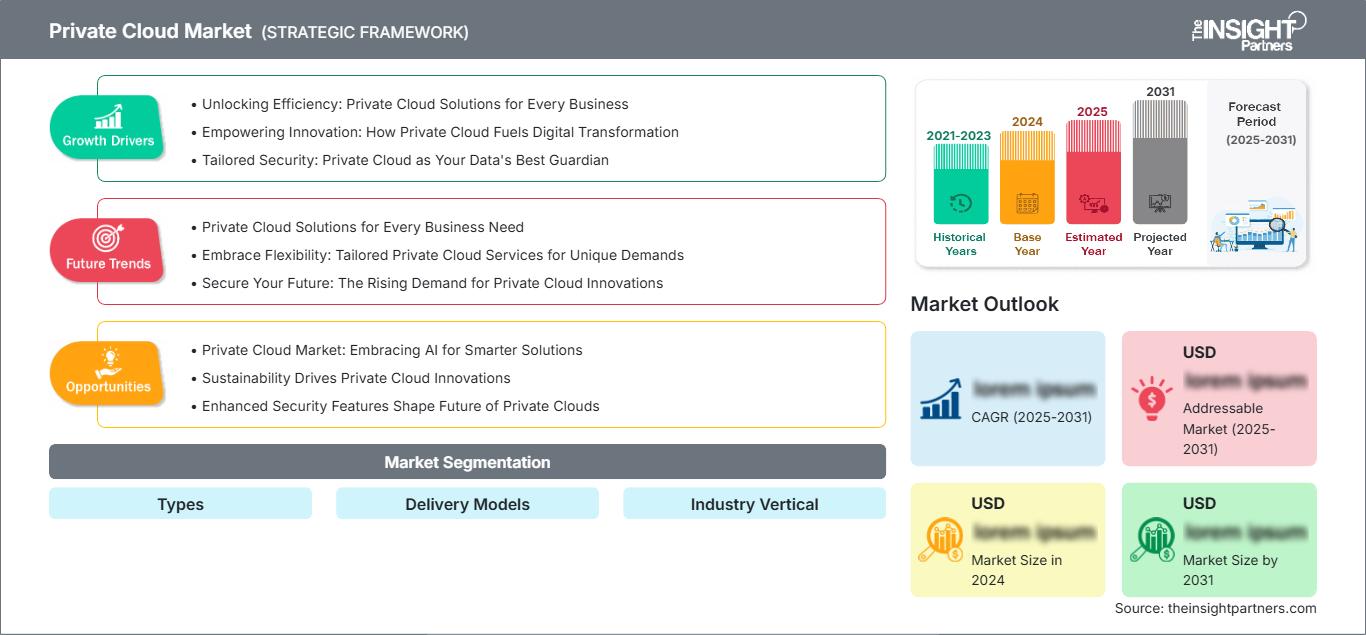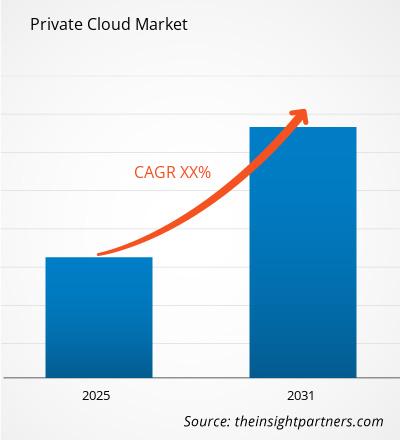Die rasante Umstellung von Unternehmen auf Cloud-Bereitstellungsmodelle hat bereits bewiesen, dass sich die Geschäftsabläufe vor einem Jahrzehnt grundlegend geändert haben. Unternehmen sind nicht mehr an der Verwaltung des gesamten Ökosystems ihrer Produkte interessiert, sondern konzentrieren sich auf ihre Kernkompetenzen, um sich Wettbewerbsvorteile zu sichern. Cloud Computing hat sich zu einer der am schnellsten verbreiteten Technologien in der Softwarebranche entwickelt und ist in den meisten Branchen zum Kerngeschäft geworden. Ob öffentlich oder privat – jedes Modell hat seine Vor- und Nachteile. Unternehmen aller Größenordnungen haben die Cloud-Computing-Technologie angenommen und so zu ihrem starken Wachstum im letzten Jahrzehnt beigetragen. In den letzten Jahren ist die Softwarebranche aufgrund der genannten Vorteile schrittweise auf Cloud-Bereitstellungsmodelle umgestiegen. Die hohe Skalierbarkeit von Unternehmen veranlasst sie, sich für Cloud-basierte Dienste zu entscheiden, da die Daten in Speicherzentren je nach Nutzeranforderungen skaliert werden können. Die Preisstruktur des Public-Cloud-Modells basiert in der Regel auf nutzungsbasierter Bezahlung, was eine Investition für Unternehmen sehr attraktiv macht. Die Kernkompetenzen der Unternehmen bleiben erhalten und ermöglichen ihnen so, in diesem hochdynamischen Markt wettbewerbsfähig zu bleiben. Der Hauptfaktor, der den Private-Cloud-Markt antreibt, ist die gebotene Flexibilität und die einfache Verwaltung. Darüber hinaus ist der Datenschutz und die Sicherheit hochsensibler und unternehmenskritischer Daten durch die private Bereitstellung ein weiterer Treiber für den Private-Cloud-Markt. Der Bedarf an einer skalierbaren, flexiblen, agilen, einfachen und effizienten IT-Infrastruktur treibt diesen Markt ebenfalls maßgeblich voran. Trotz dieser Vorteile des Private-Cloud-Bereitstellungsmodells ist das Wachstum privater Cloud-Dienste kaum behindert. Die hohen Infrastrukturausgaben für den Aufbau einer lokalen Umgebung gelten für die meisten Unternehmen als hemmender Faktor. Die Anforderungen an die Internetverbindung für dieses Cloud-Modell sind hoch, und in Ländern mit schlechter Internetinfrastruktur scheuen Unternehmen die Nutzung dieses Modells. Auch die Integration des Modells in bestehende Systeme stellt eine Herausforderung dar. Weitere Hemmnisse für diesen Markt sind Ausfälle und Datenmobilität. Der globale Private-Cloud-Markt ist nach Typen segmentiert: Dedicated Private Cloud und Virtual Private Cloud. Darüber hinaus ist der Private-Cloud-Markt nach Bereitstellungsmodellen wie SaaS, PaaS und IaaS fragmentiert. Die Segmentierung des Private-Cloud-Marktes erfolgt auch nach Branchen wie BFSI, Telekommunikation, Gastgewerbe und Einzelhandel, Behörden, Fertigung und Gesundheitswesen. Das im Vergleich zum Public-Cloud-Modell teurere Private-Cloud-Modell wird hauptsächlich von größeren Unternehmen eingesetzt. Unternehmen, denen Datenschutz und -sicherheit wichtiger sind, entscheiden sich für On-Premise-Bereitstellungsmodelle für Private Clouds. Nordamerika ist aufgrund des bemerkenswerten technologischen Fortschritts und der sozioökonomischen Entwicklung der Region führend auf dem globalen Private-Cloud-Markt. Die sich aufgrund des verbesserten sozialen Lebensstils ändernden Anforderungen wirken sich auf die Art und Weise aus, wie Unternehmen ein maximales Publikum ansprechen. Dementsprechend wird erwartet, dass die Region im Prognosezeitraum auch weiterhin der führende Anbieter bleibt. Europa ist eine weitere Region mit einer signifikanten Akzeptanz des Marktes für Public-Cloud-Dienste und folgt dicht auf Nordamerika. Darüber hinaus holt die APAC-Region bei diesen Technologien stetig auf, wobei Entwicklungsländer wie Indien und China schrittweise in Public-Cloud-Technologien investieren. Zu den wichtigsten Akteuren auf dem globalen Private-Cloud-Markt zählen unter anderem IBM Corporation, Microsoft Corporation, Rackspace, Amazon Web Services, Cisco Systems, Inc., VMWare, Google, Inc., Oracle Corporation und Eucalyptus.
Sie erhalten kostenlos Anpassungen an jedem Bericht, einschließlich Teilen dieses Berichts oder einer Analyse auf Länderebene, eines Excel-Datenpakets sowie tolle Angebote und Rabatte für Start-ups und Universitäten.
Private Cloud-Markt: Strategische Einblicke

-
Holen Sie sich die wichtigsten Markttrends aus diesem Bericht.Dieses KOSTENLOSE Beispiel umfasst Datenanalysen, die von Markttrends bis hin zu Schätzungen und Prognosen reichen.
Regionale Einblicke in den Private Cloud-Markt
Die Analysten von The Insight Partners haben die regionalen Trends und Faktoren, die den Private-Cloud-Markt im Prognosezeitraum beeinflussen, ausführlich erläutert. In diesem Abschnitt werden auch die Segmente und die geografische Lage des Private-Cloud-Marktes in Nordamerika, Europa, im asiatisch-pazifischen Raum, im Nahen Osten und Afrika sowie in Süd- und Mittelamerika erörtert.
Umfang des Private Cloud-Marktberichts
| Berichtsattribut | Einzelheiten |
|---|---|
| Marktgröße in 2024 | US$ XX million |
| Marktgröße nach 2031 | US$ XX Million |
| Globale CAGR (2025 - 2031) | XX% |
| Historische Daten | 2021-2023 |
| Prognosezeitraum | 2025-2031 |
| Abgedeckte Segmente | By ArtenBy BereitstellungsmodelleBy Branchenvertikale |
| Abgedeckte Regionen und Länder |
Nordamerika
|
| Marktführer und wichtige Unternehmensprofile |
|
Dichte der Akteure auf dem Private-Cloud-Markt: Auswirkungen auf die Geschäftsdynamik verstehen
Der Private-Cloud-Markt wächst rasant. Die steigende Nachfrage der Endnutzer ist auf Faktoren wie veränderte Verbraucherpräferenzen, technologische Fortschritte und ein stärkeres Bewusstsein für die Produktvorteile zurückzuführen. Mit der steigenden Nachfrage erweitern Unternehmen ihr Angebot, entwickeln Innovationen, um den Bedürfnissen der Verbraucher gerecht zu werden, und nutzen neue Trends, was das Marktwachstum weiter ankurbelt.

- Holen Sie sich die Private Cloud-Markt Übersicht der wichtigsten Akteure
- Historische Analyse (2 Jahre), Basisjahr, Prognose (7 Jahre) mit CAGR
- PEST- und SWOT-Analyse
- Marktgröße Wert/Volumen – Global, Regional, Land
- Branchen- und Wettbewerbslandschaft
- Excel-Datensatz
Aktuelle Berichte
Erfahrungsberichte
Grund zum Kauf
- Fundierte Entscheidungsfindung
- Marktdynamik verstehen
- Wettbewerbsanalyse
- Kundeneinblicke
- Marktprognosen
- Risikominimierung
- Strategische Planung
- Investitionsbegründung
- Identifizierung neuer Märkte
- Verbesserung von Marketingstrategien
- Steigerung der Betriebseffizienz
- Anpassung an regulatorische Trends






















 Kostenlose Probe anfordern für - Private Cloud-Markt
Kostenlose Probe anfordern für - Private Cloud-Markt